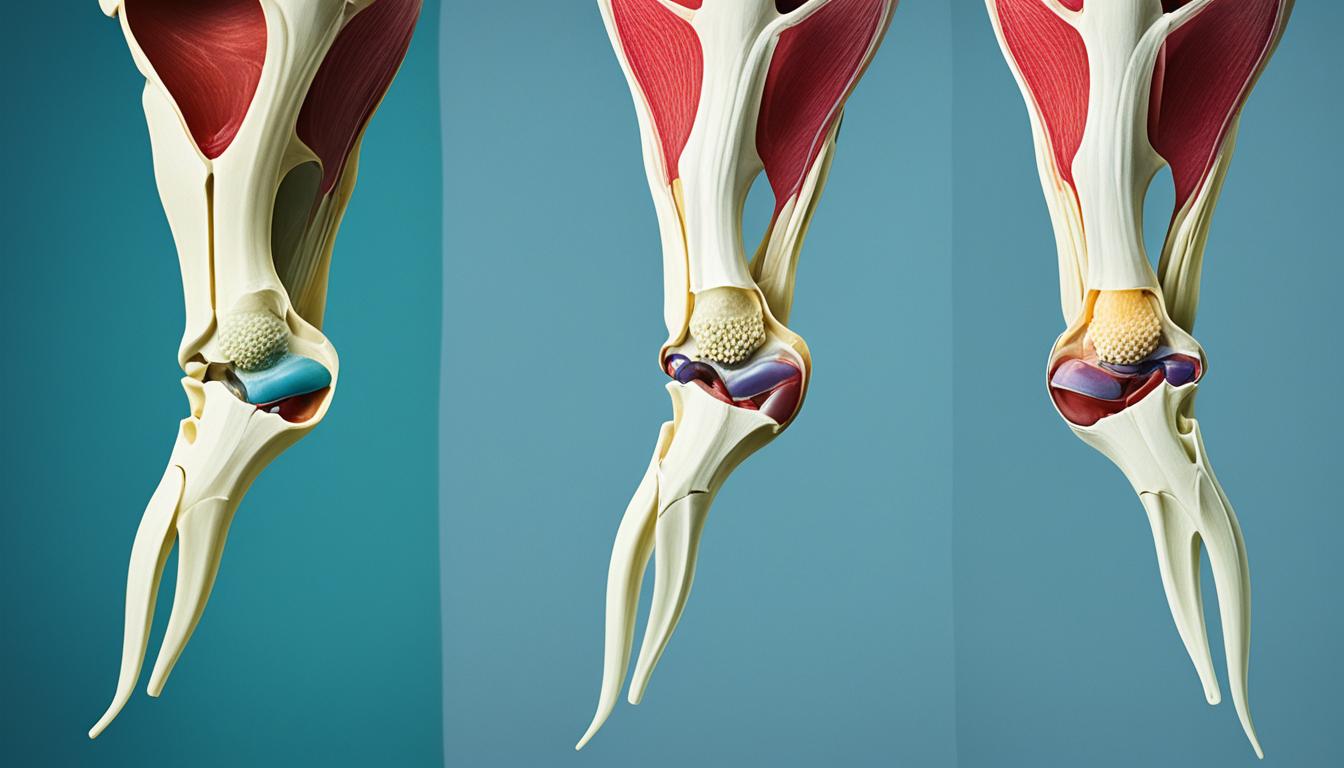Hip dysplasia is when the hip joint doesn’t develop normally. It can affect both adults and babies. Symptoms include hip pain, a clicking or popping sound, stiffness, and trouble walking. The exact cause isn’t always clear, but some things can increase the risk. These include a family history of the condition, wrong swaddling of babies, and being in a breech position at birth.
Doctors diagnose hip dysplasia with a physical exam and imaging tests like X-rays or ultrasound. Sometimes they take a sample of the fluid around the hip joint to check it. Treatment depends on how severe the condition is. For some people, things like exercises and therapy help manage the symptoms. But others might need surgery with options like braces or a hip replacement.
Researchers are looking into using stem cell therapy to treat hip dysplasia. While this treatment is promising, more studies are needed to show how well it works. It might offer a way to help the hip joint grow more normally.
Some types of dysplasia can be prevented with safe sex and vaccines against certain diseases. But there’s no guarantee that you can avoid hip dysplasia. It’s important to know that even without a clear way to stop it, there are treatments available.
Key Takeaways:
- Hip dysplasia is a condition characterized by the abnormal development of the hip joint.
- Symptoms of hip dysplasia may include hip pain, limited range of motion, and difficulty walking.
- The exact cause of hip dysplasia is often unknown, but risk factors include a family history of the condition and improper swaddling of infants.
- Diagnosis of hip dysplasia is done through physical examination, imaging tests, and sometimes joint aspiration.
- Treatment options include non-surgical methods like exercises and physical therapy, as well as surgical interventions.
- Stem cell therapy is being explored as a potential treatment option for hip dysplasia, but further research is needed.
- Prevention of hip dysplasia is not always possible.
Types and Effects of Dysplasia
Dysplasia is when cells grow or develop abnormally. Children often show signs of this with issues like hip dysplasia, affecting their hip joints. Different conditions fall under this category.
Hip dysplasia can cause challenges such as legs of different lengths, odd walking, and stiffness. Catching and treating it early are crucial to avoid problems later.
Skeletal dysplasia leads to unusual bone growth and less height. People with this may be shorter and have skeletal issues.
Ectodermal dysplasias change the skin, hair, nails, and sweat glands. This can run in families and result in issues like fragile hair and odd teeth.
With adults, dysplasia can indicate pre-cancer or cancer conditions. For instance, cervical dysplasia is linked to cervical cancer risk. Myelodysplastic syndromes can also lead to leukemia.
Each dysplasia type has its own causes and risks. Genes, infections, smoking, and toxins play roles in these conditions. Learning about them helps medical teams offer the right care.
Symptoms, Diagnosis, and Treatment of Dysplasia
Dysplasia symptoms differ based on the type. For hip dysplasia, signs might include hip pain, trouble walking, or odd hip sensations. But cervical dysplasia might not show any symptoms; it’s found through a Pap test. Myelodysplastic syndromes (MDS) don’t always cause noticeable symptoms, but low blood cell counts show up in tests. Ectodermal dysplasia affects various body parts, showing as fragile hair, strange teeth, discolored toenails, and dry skin.
Diagnosing dysplasia includes physical exams and tests like X-rays. It might also involve a Pap test or a bone marrow biopsy, depending on the type. These tests pinpoint the problem.
Diagnosis of Dysplasia
- Physical examination
- Imaging tests (X-rays, ultrasound)
- Pap smear (for cervical dysplasia)
- Bone marrow biopsy (for certain types like MDS)
After confirming dysplasia, doctors decide on a treatment plan. The treatment path varies by type and severity.
Treatment of Dysplasia
Treating dysplasia might involve supportive care, surgery, or even stem cell transplants. The goal is to manage symptoms and improve life quality.
Supportive care can mean using growth hormones or braces. These help develop bones and improve function. Surgery, like joint replacements, might be needed in severe cases.
Doctors are looking into using stem cells for dysplasia treatment. More study is required to confirm its benefits. Stem cells could help repair affected tissues.
Treatment Options for Dysplasia
- Supportive measures (growth hormones, braces)
- Surgical interventions (corrective osteotomies, joint replacements)
- Stem cell transplants (under investigation)
Although lifestyle changes can’t stop dysplasia, avoiding smoking and carcinogens may lessen certain risks. It’s vital for those with dysplasia to work closely with doctors. Together, they can plan the best treatment based on their type, symptoms, and health.
Conclusion
Hip dysplasia is a complicated condition that can really change someone’s life. It causes hip pain, makes movement hard, and can lead to walking problems. Finding it early and treating it quickly is very important.
Luckily, there are many ways to treat hip dysplasia. These can be surgery or non-surgical methods. Non-surgical ways include exercises and physical therapy. Then, there are more serious measures like braces or even hip replacement.
Scientists are also looking at new ways to treat this condition. One exciting possibility is using stem cell therapy. While it’s still in the research phase, stem cell therapy might offer a new way to help in the future.
People with hip dysplasia should team up with their doctors. They can come up with a plan that fits their situation. Following the treatment plan can help lessen the effects of hip dysplasia. This will help the person feel better overall.

